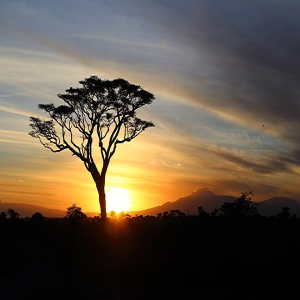Patterns of diversity, species richness and community structure in West African savannah small mammals (rodents and shrews)

All claims expressed in this article are solely those of the authors and do not necessarily represent those of their affiliated organizations, or those of the publisher, the editors and the reviewers. Any product that may be evaluated in this article or claim that may be made by its manufacturer is not guaranteed or endorsed by the publisher.
Authors
Tropical savannah ecosystems are characterized by extensive grasslands with more or less sparse trees and thickets, and are threatened globally by anthropogenic forces. These grassland habitats house a rich and diversified fauna assemblage, with some of its conspicuous elements (for instance, small mammals) that have not been sufficiently investigated so far. In this paper, we meta-analyze the literature data available on the community structure and diversity patterns of shrews and rodents in West African savannahs. Overall, 10,197 small mammal individuals belonging to 111 species of Rodentia and 55 species of Soricomorpha were found in the various studies carried out in the countries covered by the present study. Studies using a combination of methods (e.g., live trapping, pitfalls, cover boards, visual encounter) detected more species in both Soricomorpha and Rodentia, and there was a positive survey (=trap ⁄ night) effort effect on the species richness in rodents. GLM models showed (i) that there was also no effect of trapping design (transect versus grid) on species richness per site, (ii) in both rodents and soricomorphs, the number of savannah species by country depended on the total species richness of that given country, but there was no effect of the relative surface covered by savannahs in that country. The number of sympatric species per site was 2.73± 1.7 (range = 1-7) in Soricomorpha and 6.33 ± 3.8 (range 1-15) in Rodentia. Dominance index was significantly different among countries, with Nigeria having lower values than all other countries and Ghana, Benin and Sierra Leone had significantly highest values. The conservation implications of the observed patterns are discussed.
How to Cite
PAGEPress has chosen to apply the Creative Commons Attribution NonCommercial 4.0 International License (CC BY-NC 4.0) to all manuscripts to be published.







